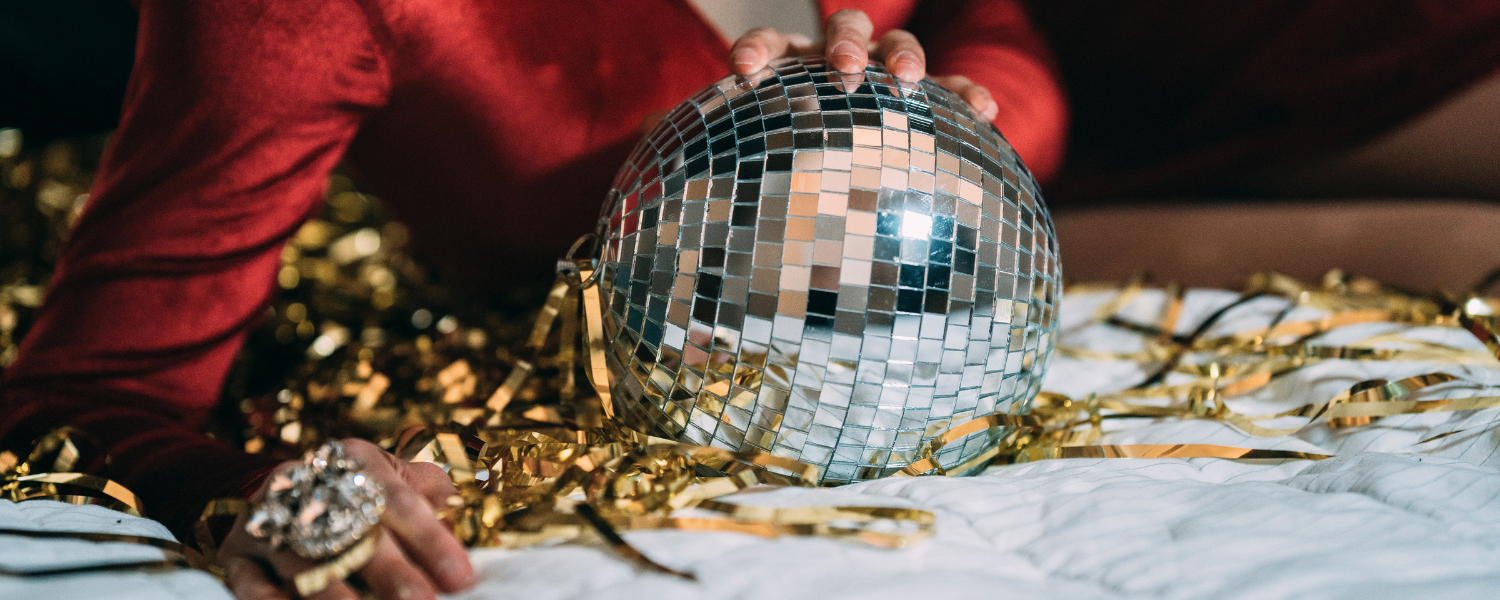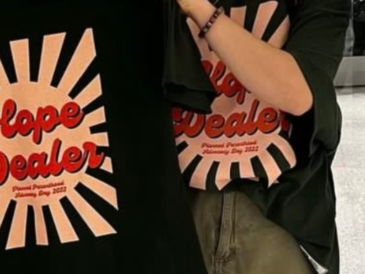Photo taken from Pexels
There is much talk about Drag these days yet many misunderstandings remain about this artistic phenomenon and those who perform it. Knoxville Drag Performer Lana Mars discusses the importance and meaning of Drag, its impact on both the performer and the community as well as her personal experiences with the art form.
Mars began by participating in Monday night talent shows at what used to be the Edge. Later on, Mars became the show director and hostess of Drag Bingo at The Bird and The Book in Maryville, Tennessee. Mars currently is on the cast at Club XYZ.
Mars explained that Drag can have many different meanings to different people, including gender expression and performance art. Drag is a form of entertainment but more than that it can serve as a tool to help performers take the confidence they possess on stage into their own life.
“Before it became mainstream, Drag was a way for queer people, people who felt rejected by or hated by civil society, to create fantasies that help them survive in reality,” Mars said.
Mars explained the autonomy and freedom she found through Drag.
“Drag is liberating because when you’re on stage, there are no rules. You simply express this character or this extension of yourself however you see appropriate,” Mars said.
Drag can serve as an escape from reality. Mars explained how she dreamed of being a pop star and Drag serves as a way to live out that fantasy through fashion, performance and having an audience to cheer her on.
Drag requires a multiplicity of strengths and skills. Mars described it as “the triathlon of the arts.”
“You have to know how to do makeup, how to design and sew costumes, how to fix up wigs, how to choose music that will speak to an audience or mix tracks yourself, how to dance, how to act on stage when you're emoting to a powerful song and so much more,” Mars said.
Mars even mentioned how performers had to learn how to improvise and show off their skills in new ways amidst the pandemic.
“When the bars were closed, we had to be our own production crews with learning how to put out digital content to keep the artform alive,” Mars said.
Not only is Drag an expression and utilization of an array of skills but Drag is a tradition. Performers create families and guide each other in the art. Drag has a meaningful heritage and community. Mars is a member of the St. James Drag family.
“In our family, we believe it is important to remember the history of the people that paved the way for us, especially when queer elders are few and far between. Many times, when I'm competing in pageants, I'm trying to evoke the spirit of my mentors before me,” Mars said.
Drag not only has a positive impact on the performers but also on the audience and the consumers of that entertainment.
“I think a community with a healthy Drag scene is generally a community that feels more free and authentic to itself,” Mars said.
The values and feelings of freedom that are cultivated through Drag performances often transcend the audience members of the community. These elements of liberation, acceptance, playfulness and community that are weaved throughout the Drag scene reach the broader community positively impacting its people.
“Asking why Drag matters is the same as asking why music or film matters,” Mars said.
Drag is an art form like anything else, but one that is paramount to the expression and liberation of members of the LGBTQ+ community. Drag can be so much more than glitzy makeup, wigs and RuPaul’s Drag Race. For some performers like Mars, it is a bridge between dreams and reality. For some, it is a saving grace.





